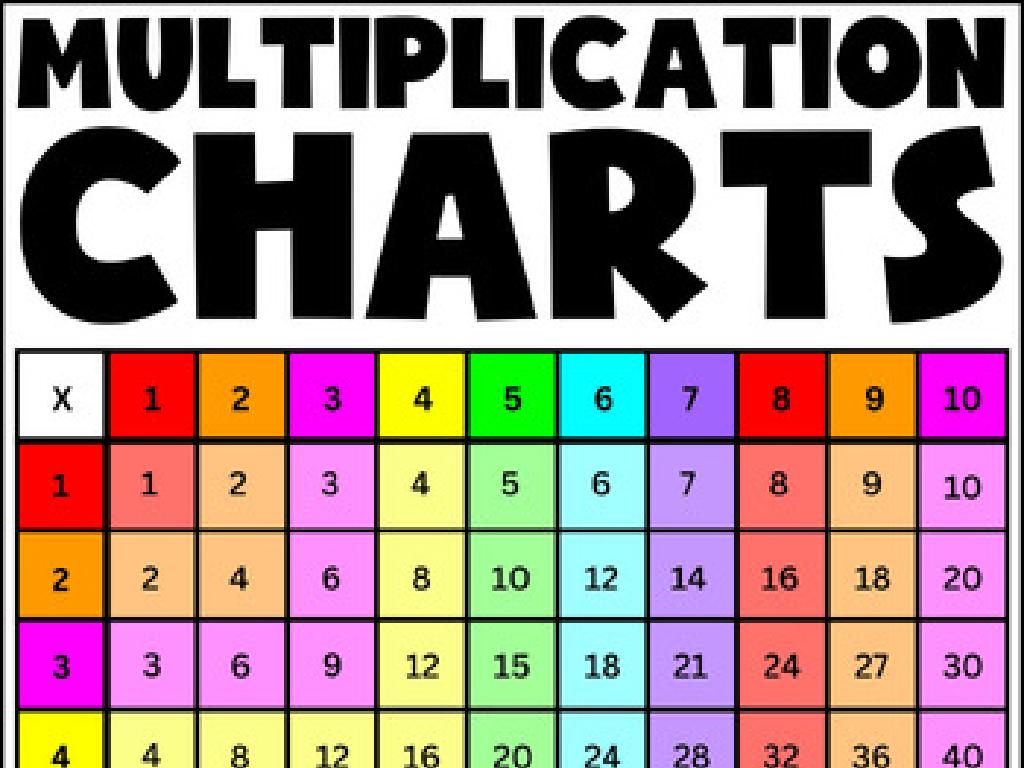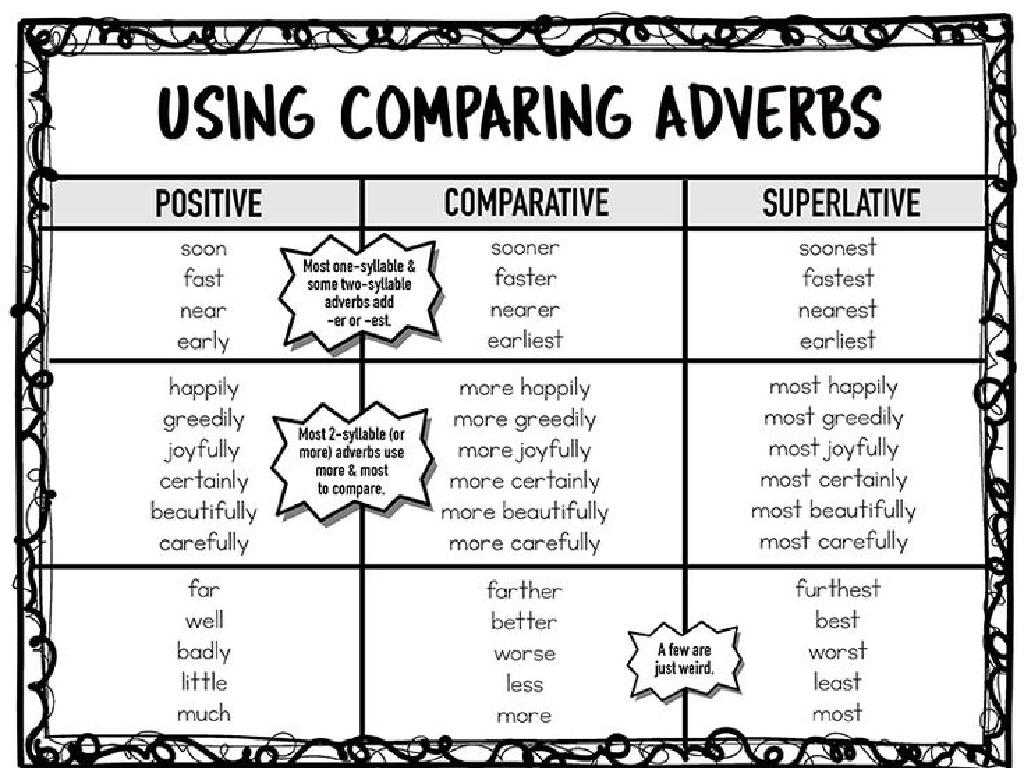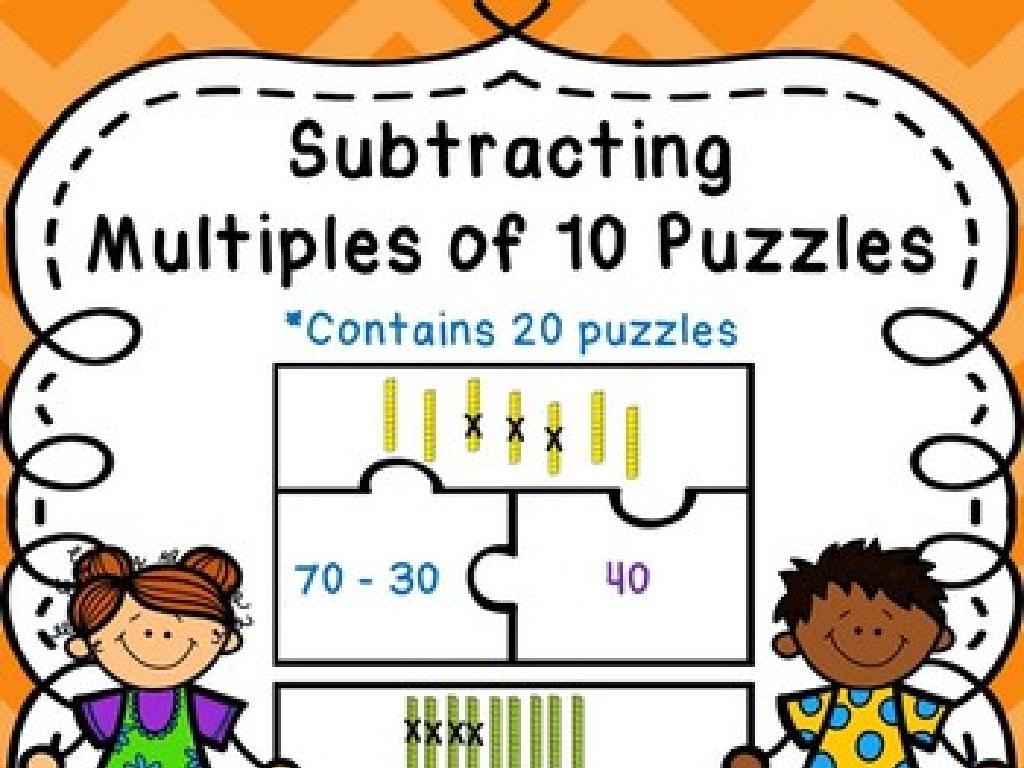Middle Colonies: Economy And Society
Subject: Social studies
Grade: Seventh grade
Topic: Colonial America
Please LOG IN to download the presentation. Access is available to registered users only.
View More Content
Exploring the Middle Colonies
– Geography of the Middle Colonies
– Fertile land, navigable rivers like the Hudson and Delaware
– Diverse Economic Activities
– Agriculture, trade, and manufacturing thrived due to the geography
– Societal Melting Pot
– Home to various cultures and religions, promoting tolerance
– Foundations of Modern Society
– Early democratic principles, town meetings, and diverse economy
|
This slide introduces students to the Middle Colonies as a significant part of Colonial America, which laid the groundwork for today’s society. Emphasize the unique geography of the region, which includes fertile land and important rivers that facilitated trade and agriculture. Highlight the diverse economic activities, such as farming of staple crops, trade with Native Americans and Europe, and early manufacturing. Discuss the societal aspects, including the mix of cultures and religions, which led to a spirit of tolerance and cooperation. Lastly, connect the democratic principles and economic practices of the Middle Colonies to the foundations of modern American society. Encourage students to think about how these historical elements influence our lives today.
Exploring the Middle Colonies
– Middle Colonies: NY, NJ, PA, DE
– Geographical features & climate
– Varied landscapes, moderate climate
– Economic & social commonalities
– Diverse economies, religious tolerance
– Reasons for grouping
– Shared economic practices, cultural similarities
|
This slide introduces the Middle Colonies of Colonial America, which include New York, New Jersey, Pennsylvania, and Delaware. Highlight the unique geographical features such as the fertile soil, rivers, and moderate climate that made these colonies ideal for agriculture and trade. Discuss the economic and social commonalities, such as the mix of farming, manufacturing, and commerce, as well as the diversity in religion and ethnic groups. Explain that these colonies were grouped together because of their similar economic structures and societal values, which set them apart from the New England and Southern Colonies. Encourage students to think about how geography can influence the economy and society of a region.
Economy of the Middle Colonies
– ‘Breadbasket Colonies’: Agriculture
– Known for abundant grain crops, feeding many.
– Major Trade in New York & Philadelphia
– Key port cities for importing and exporting goods.
– Diverse Workforce Contributions
– A mix of different cultures and skills boosted the economy.
– Role of Farmers, Artisans, & Merchants
– Each group played a vital part in the colony’s economy.
|
This slide explores the economic foundations of the Middle Colonies, often referred to as the ‘Breadbasket Colonies’ due to their extensive grain production. Emphasize the importance of agriculture in sustaining the colonies and supporting trade. Highlight the significance of port cities like New York and Philadelphia as hubs of commercial activity. Discuss the diverse workforce, including farmers who cultivated the land, artisans who crafted goods, and merchants who traded. This diversity was a strength that contributed to the colonies’ economic success. Encourage students to think about how each group’s role was interdependent and vital to the overall prosperity of the Middle Colonies.
Society in the Middle Colonies
– Cultural diversity in the colonies
– Known as a ‘Melting Pot’ due to various ethnic groups.
– Religious freedom and beliefs
– Varied beliefs coexisted, leading to a tolerant society.
– Social hierarchy: Landowners to servants
– A range of social classes from rich to working class.
– Impact of diversity on society
|
This slide aims to give students an understanding of the societal structure and cultural aspects of the Middle Colonies during the Colonial America period. Emphasize the ‘Melting Pot’ metaphor, illustrating the mix of different ethnicities and cultures that settled in the region, contributing to its unique diversity. Highlight the significance of religious freedom, which allowed for a variety of beliefs and practices, fostering a spirit of tolerance. Discuss the social structure, explaining the roles and lives of wealthy landowners down to indentured servants, and how this hierarchy influenced daily life. Lastly, encourage students to think about how this diversity shaped the society and economy of the Middle Colonies, setting them apart from other regions.
Daily Life in the Middle Colonies
– Roles of family members
– Men worked, women managed homes, children helped
– Education’s value
– Schools were rare, but literacy was valued
– Community recreation
– Games, dances, and social gatherings
– Significance of events
– Harvest festivals, religious observances
|
This slide aims to give students a glimpse into the everyday life of people in the Middle Colonies. Discuss the traditional roles of men, women, and children in society, emphasizing the collaborative nature of family units. Highlight the importance of education and literacy, noting that while formal schooling was not widespread, many colonists were literate and valued learning. Explore the types of recreation and community events that were common, such as barn raisings and quilting bees, which fostered a strong sense of community. Explain the significance of community events in maintaining cultural traditions and social cohesion. Encourage students to compare and contrast these aspects with modern-day life.
Comparing the Middle Colonies: Economy and Society
– Economic diversity in the colonies
– Agriculture, trade, and crafts created a mixed economy
– Social hierarchy and structure
– Class status influenced by wealth and occupation
– Varied cultural practices
– Cultures blended from different immigrant groups
– Religious freedom and diversity
– Tolerance for various religions, unlike other colonies
|
This slide aims to compare the Middle Colonies in terms of their economic and social aspects. Emphasize the economic diversity that arose from a combination of farming, trading, and artisan crafts, which differed from the economies of the New England and Southern Colonies. Discuss the social hierarchy, noting that while it was less rigid than in the South, wealth and occupation still played a significant role in determining social status. Highlight the cultural melting pot created by the mix of immigrants, including Dutch, German, and others, which led to a variety of cultural practices. Lastly, touch on the religious practices, pointing out the relative religious freedom in the Middle Colonies, which attracted a diverse range of religious groups seeking tolerance. Encourage students to think about how these factors influenced the development and character of the Middle Colonies compared to others.
Middle Colonies’ Impact on Modern America
– Legacy of Middle Colonies
– Influence on today’s economy
– Middle Colonies’ diverse economies laid groundwork for modern capitalism
– Shaping societal values
– Values like religious freedom and democratic ideals were fostered
– Cultural diversity origins
– Melting pot of cultures began with the Middle Colonies’ diverse settlers
|
This slide aims to connect the historical significance of the Middle Colonies with their lasting impact on contemporary American society and economy. The Middle Colonies, known for their diverse population and religious tolerance, have left a legacy that can be seen in today’s economic practices, which are rooted in the colonies’ early mercantile and trade activities. Additionally, the societal values that we cherish today, such as freedom of religion and democratic governance, were principles that were cultivated during this era. The cultural diversity that is a hallmark of American society also has its origins in the melting pot of nationalities and cultures that were part of the Middle Colonies. Encourage students to reflect on how these historical elements are reflected in the present-day United States and to consider the importance of understanding history to appreciate the diversity and values of modern society.
Class Activity: Colonial Role-Play
– Divide into social class groups
– Discuss & present daily life
– What did a day look like for your class?
– Highlight challenges & contributions
– What struggles did people face and how did they help the colony grow?
– Reflect on roles within the colony
– How does each class support the colony’s success?
|
This activity is designed to immerse students in the social dynamics of the Middle Colonies. By role-playing different social classes, students will gain a deeper understanding of the daily life, challenges, and contributions of each group. Teachers should guide the students in dividing into groups that represent the various social classes of the time, such as merchants, artisans, farmers, and servants. Each group will research and discuss their assigned class’s lifestyle, the hardships they faced, and how they contributed to the economy and society of the colony. After the presentations, lead a reflection session where students consider how the interdependence of classes contributed to the functioning and success of the colony. Possible activities include creating a day-in-the-life skit, designing a poster that illustrates the contributions of their class, or writing diary entries from the perspective of someone in their social class.






